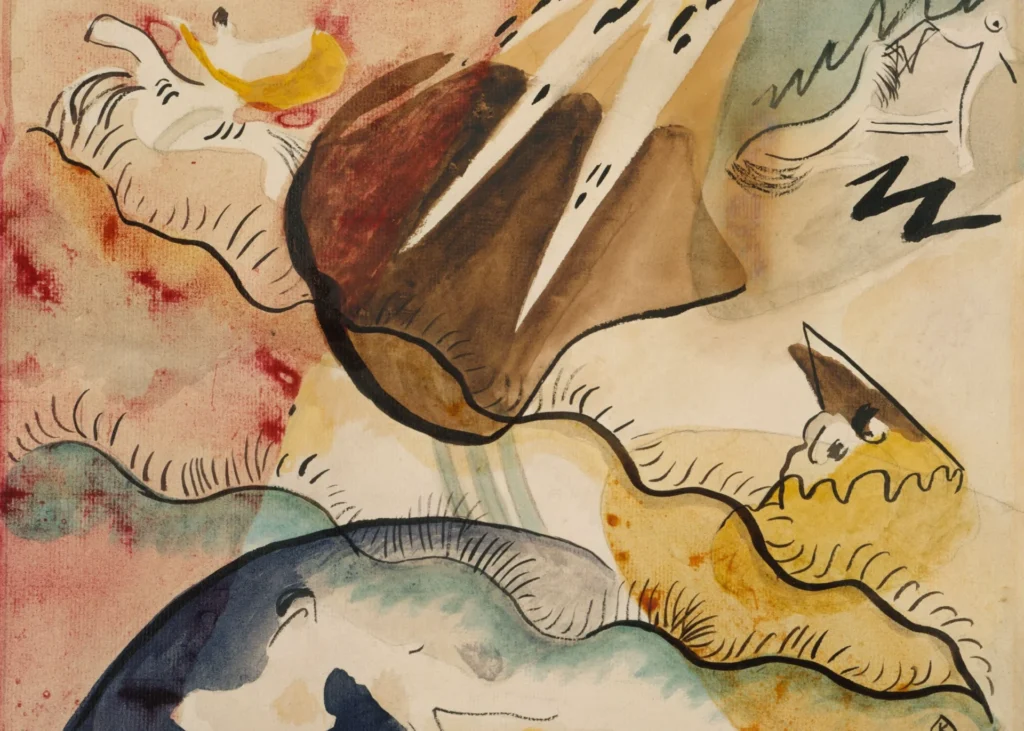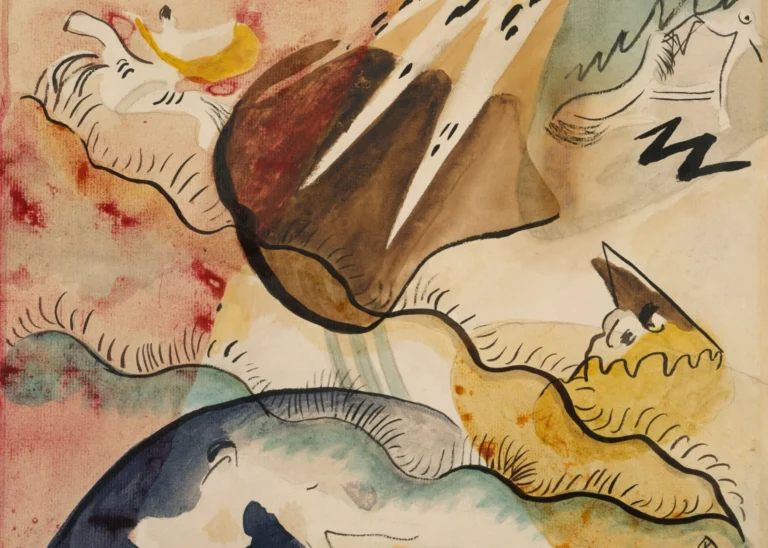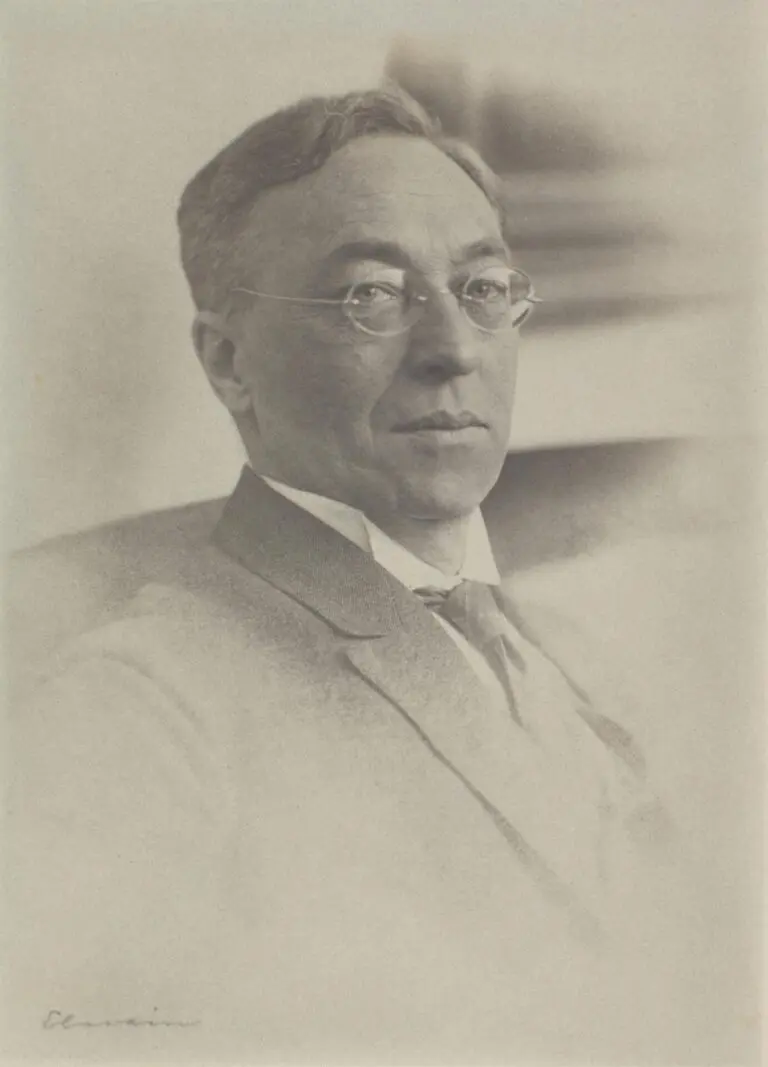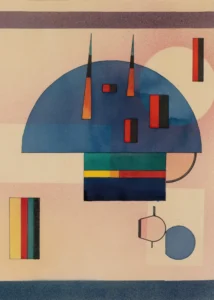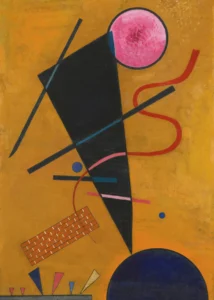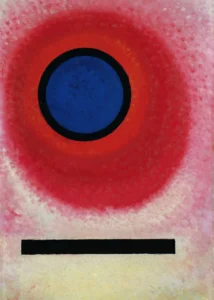Rain Landscape (1911)
Rain Landscape created by Wassily Kandinsky in 1911 is a significant work that exemplifies the artist's transition towards abstract expressionism. Utilizing vibrant colors and innovative forms, Kandinsky's painting portrays an emotional landscape influenced by nature. This work signifies his pioneering approach to non-representational art, marking a pivotal moment in the development of modern art.
Year 1911
About the Artwork
Wassily Kandinsky, a key figure in the genesis of abstract art, painted Rain Landscape during a transformative period of his career in 1911. By this time, he had already begun to move away from traditional representation and delve into the world of abstraction. Inspired by the interplay of colors and the emotional power of art, Kandinsky sought to evoke feelings rather than depict scenery. Rain Landscape reflects his innovative ideas, where he manipulates color and form to suggest movement and emotion, challenging viewers' perceptions and inviting them to experience art on a deeper level. This piece serves as an extension of his philosophy that art should convey spirituality and evoke a sensory response from the audience, solidifying Kandinsky's status as a forerunner of modern art.
Did You Know
Wassily Kandinsky’s Rain Landscape marks a key moment in his journey towards complete abstraction, laying the groundwork for his subsequent highly influential abstract works.
Kandinsky was deeply influenced by music, believing that visual art should evoke the same emotional response as music does. This connection can be seen throughout his abstract works, including Rain Landscape.
Rain Landscape is not just a painting; it’s considered a significant contribution to modern art, providing insight into the evolution of abstract expressionism and solidifying Kandinsky’s reputation as a pivotal figure in this movement.




